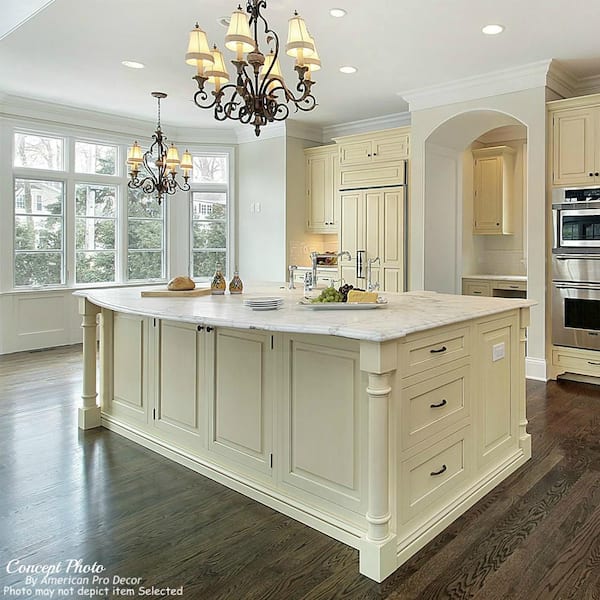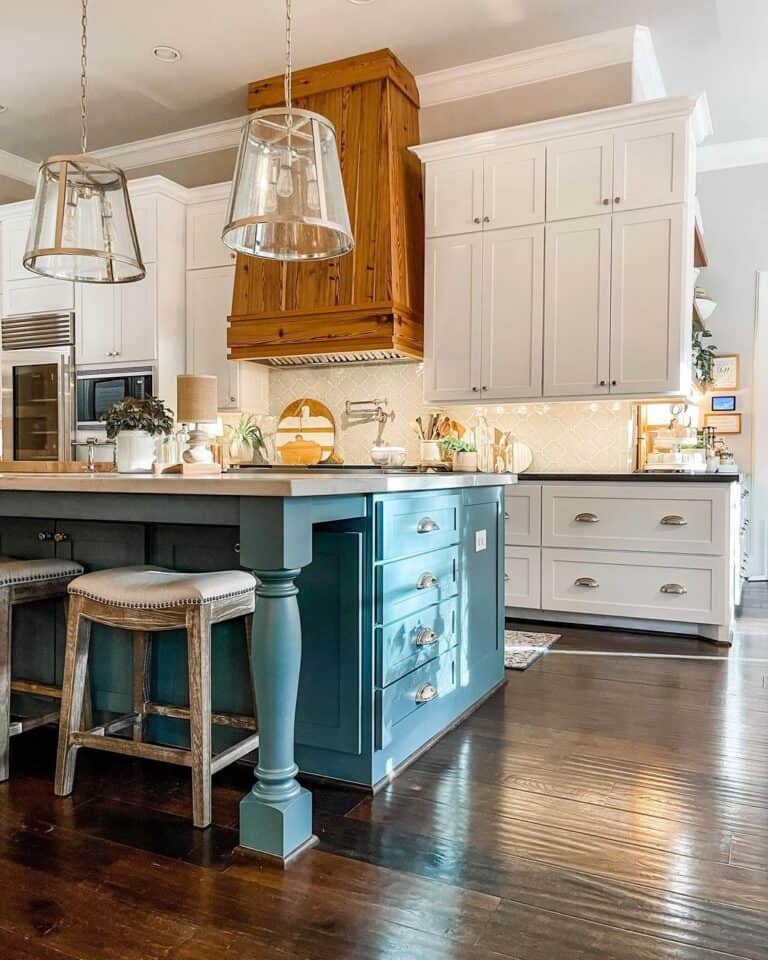Crucial Tips for Selecting the Perfect Table for Your Kitchen
Choosing the ideal eating table for your kitchen is greater than just a matter of taste; it necessitates a detailed understanding of your space and needs. Begin by determining your available area to ensure sufficient clearance for motion. The form of the table plays a pivotal role; while rectangle-shaped tables match bigger areas, round ones foster intimacy, and extendable choices use versatility. Product choice is just as vital, with hardwoods providing toughness and glass lending a modern touch. The table should integrate with your kitchen area's visual appeals and suit your household comfortably. What various other variables might affect this vital choice?
Measure Your Area
Selecting the perfect dining table starts with a meticulous evaluation of your readily available space. This fundamental step guarantees that the table not just fits comfortably within the area yet additionally matches the overall layout and performance of your eating location.
Take into consideration the flow of motion around the table. It is vital to leave adequate area for chairs to be taken out and for people to move the table without obstruction. A basic guideline is to allow a minimum of 36 inches of clearance from the side of the table to the nearest wall or furniture. This makes certain ease of gain access to and convenience during meals.
Additionally, think of the variety of people you normally delight and whether you need extra space for guests. Going with an extendable table can provide versatility, allowing you to accommodate varying numbers of restaurants. By accurately gauging your area, you lay the foundation for choosing a table that enhances both the looks and performance of your dining location.
Pick the Right Forming

On the other hand, round tables are exceptional for smaller cooking areas or intimate celebrations, as they promote discussion by enabling everyone to deal with each various other. They likewise offer a feeling of comfort and can fit well in tighter areas due to their lack of sharp edges. Oval tables provide the ideal of both worlds, integrating the size of rectangle-shaped tables with the affection of round ones, making them flexible for different setups.
Square tables are one more option, especially fit for square-shaped spaces. They produce a modern-day and balanced appearance, fostering an equal dining experience for all seated.
Material Considerations
When choosing a dining table, product factors to consider are paramount in identifying the table's toughness, upkeep demands, and general aesthetic. Timber is a traditional selection, offering ageless appeal and toughness.
Glass-topped tables give a modern-day, streamlined appearance and can make an area show up bigger because of their transparency. They require constant cleaning to avoid fingerprints and smudges. Furthermore, solidified glass is recommended for its added strength and safety and security.

Finally, composite materials like MDF (Medium-Density Fiberboard) or plywood are economical options. These materials can mimic the look of strong wood but might not offer the very same long life. They are usually easier to clean yet can be prone to water damages otherwise properly sealed.
Ultimately, the selection of product ought to straighten with your kitchen area's style, your way of living needs, and your spending plan constraints. (kitchen island legs)
Seats Capacity and Convenience
How do you determine the ideal seating capability and comfort for your table? This essential action includes assessing both the physical area available in your kitchen area and your household's useful needs. Begin by gauging your kitchen location to guarantee the table fits comfortably, permitting at the very least 36 inches of clearance around it for very easy motion. Think about the number of people that normally eat together, as this will certainly influence the table dimension. For a household of four, a rectangle-shaped table of 48 inches long or a round table with a 48-inch diameter is typically adequate.
The elevation of the table ought to preferably be around 30 inches, providing a well balanced ergonomic position for seated restaurants. Chairs must have a seat elevation of 18 to 20 inches to ensure a comfortable dining posture.
Style and Aesthetics
Choosing a table that suits your design and aesthetic appeal entails balancing personal preference with the existing style of your eating area. The dining table is often the focal point of the cooking area, and its style ought to complement the overall motif of the space. Whether your kitchen boasts a contemporary, minimal appearance or a rustic, farmhouse appeal, the table you choose need to integrate with these aspects to create a natural and welcoming environment.
Think about materials thoroughly; timber uses an ageless appeal and can range from rich mahogany for a traditional seek to lighter oak for a modern feel. Steel and glass tables, on the other hand, can here present a smooth, industrial side to your kitchen. Do not ignore the table's form-- rectangular tables are versatile and timeless, while round and oval alternatives can cultivate an extra intimate eating experience.
In addition, pay close attention to finishes and details. A distressed coating may more information include personality and heat, whereas a glossy surface can add to a tidy, modern-day visual. Inevitably, your eating table must not only in shape perfectly right into your kitchen's design yet additionally mirror your personal design, elevating the space both functionally and aesthetically.
Verdict
In verdict, picking the optimal dining table for a kitchen area demands mindful examination of area, form, product, seating capability, and visual harmony. Eventually, a well-chosen dining table fosters a welcoming atmosphere and accommodates the home easily, therefore boosting the dining experience.

When picking an eating table, material considerations are extremely important in identifying the table's longevity, maintenance requirements, and general visual. For a family of four, a rectangle-shaped table of 48 inches long or a round table with a 48-inch size is typically adequate.
Don't forget the table's shape-- rectangle-shaped tables are functional and traditional, while round my response and oval choices can cultivate a much more intimate eating experience. kitchen island legs.
Comments on “Kitchen Island Legs: Add Performance and Style to Your Space”